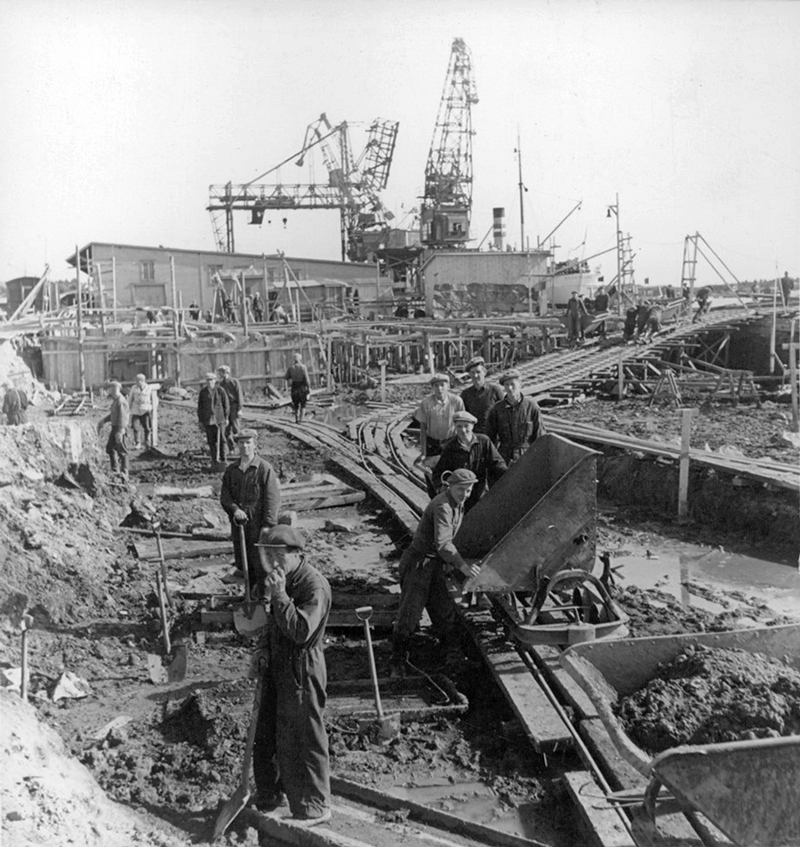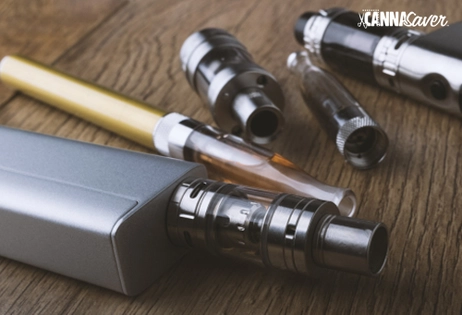
After years of having to trudge through the miles in the mud, especially in chilling rain, Cannatown residents are investing new infrastructure dollars into a monorail for the Cannatown Hole, the gigantic expanse of exposed earth in the heart of the city. Planners say the “Brown” line will open for use around the start of digging season.

The service will hopefully solve the age-old problem facing diggers from amateurs to trained trail guides, who’ve lost many a boot in the thick and viscous topsoil. Although outfitters have tried for years to sell snowshoe-type muddin’ flippers to enthusiasts, those who dig in the hole often have decried the lack of traversible ground, and have routinely brought the issue before city council during rainy climes.
Avid diggers say they are relieved by the initiative. “I used to have to crawl through the muck just to get to my favorite ditch, that I went through a pair of pants every week,” says digging hobbyist Walt Peters. “I even tried a canoe once!”
Local blogger @CTDitchDigga hailed the rail line as the biggest thing to come to central Cannatown since the concession frenzy of the 70’s. “Boy do I miss those footlong hotdogs,” she wrote in a post, “but I can’t wait to rest my Dungarees on a freakin’ train after a hard day’s dig.”
It isn’t the first attempt at a transportation system for the sodden crevasse. The city installed a bus route in the early 80s, only to lose three vehicles into “Big Pitty,” the giant central sinkhole, within three weeks of operation. An outfitter also launched a local Segway rental business during the early noughts, but the venture failed miserably and some people died.
The Brown line will take and pick up passengers at the hole’s four corner stations, each named for a pioneer who perished digging the original hole. A fifth stop, to Big Pitty in the middle, will open later in the year when engineers can figure out how to reach the deep and fairly inaccessible chasm. According to the city website, specific hours of operation will begin each day “when Charlie wakes up,” and conclude “when it’s his dinner time.”
Although not technologically-advanced by any means, the stations are set to have barrels and lantern systems, outhouse plumbing, and up to 20 boot-scrapers on each platform. Patrons may bring their shovels and other implements of excavation, provided they bang them on the cement first.
“Let’s face it,” says city planner Laura Barnes, “these trains are going to be filthy as hell.”






![(0.11g) Blackberry Mega Gummies [1:1 THC:CBN] 2pk 100mg | 1 Day | 962405 (0.11g) Blackberry Mega Gummies [1:1 THC:CBN] 2pk 100mg | 1 Day | 962405](/rails/active_storage/representations/proxy/eyJfcmFpbHMiOnsiZGF0YSI6Mjc4NjgxLCJwdXIiOiJibG9iX2lkIn19--68386e6ddeecdc834427065fb6615b050577996a/eyJfcmFpbHMiOnsiZGF0YSI6eyJmb3JtYXQiOiJwbmciLCJyZXNpemUiOiI0NjIgeCAzMTUiLCJjb252ZXJ0Ijoid2VicCJ9LCJwdXIiOiJ2YXJpYXRpb24ifX0=--d7c54d32abcb6ca24ad06932a0e70673da4d7d48/products_missing_image_cs.png)

